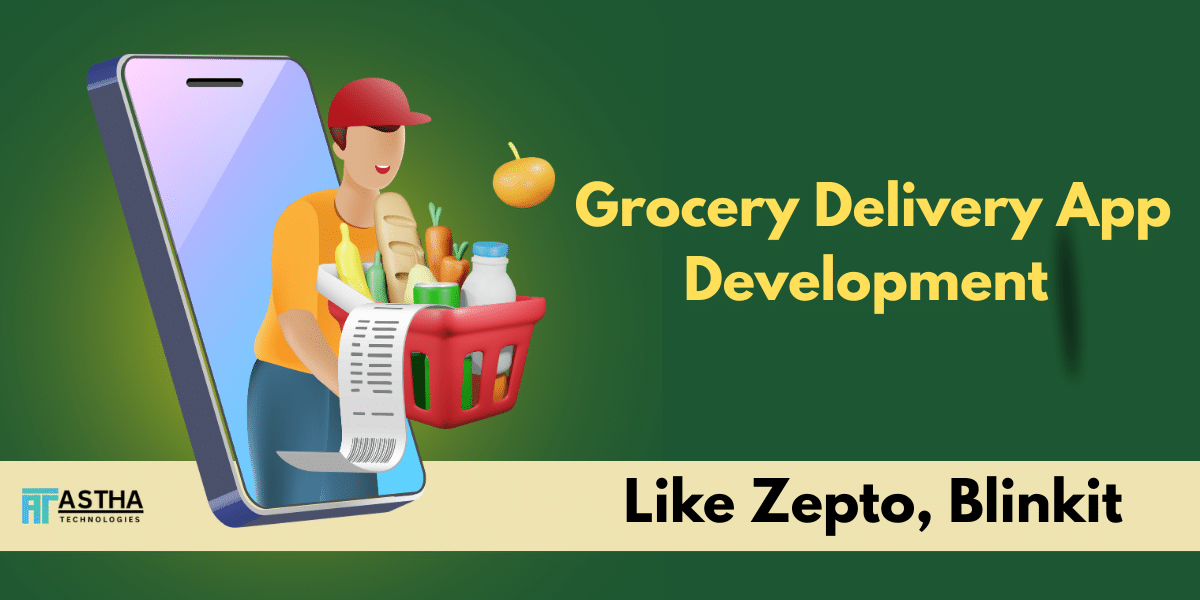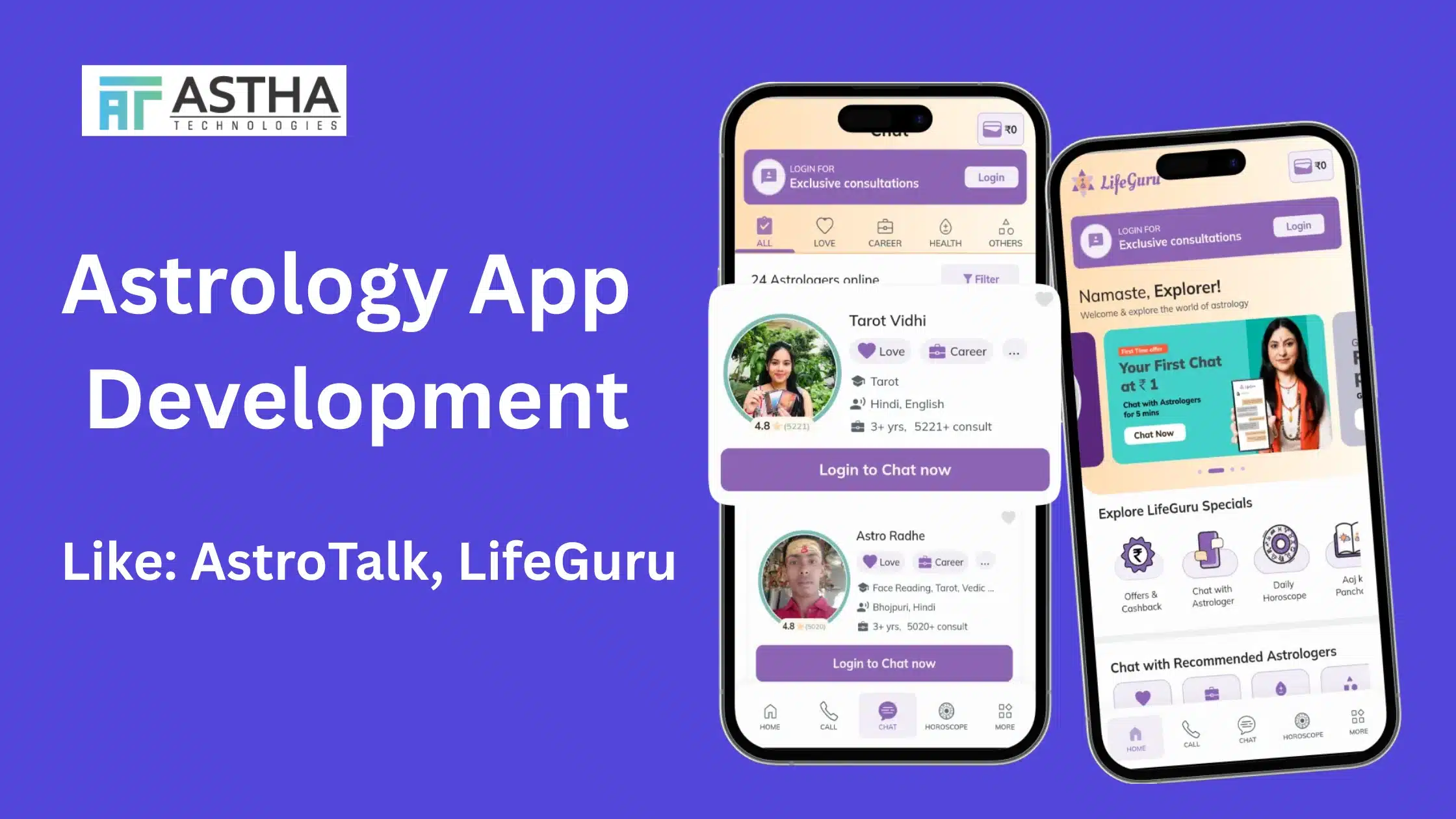
People nowadays want to travel faster and in comfort. The taxi booking apps made it easy by providing them with a chance to book rides right from their smartphones with a few taps. From city rides to airport drops, the way of travelling has changed. So, if you want to build your taxi booking app, then 2025 is the ideal time for the same, as the demand is growing very fast, and technology is improving every year.
In this blog, we’ll explain how to develop a taxi booking app for Android and iOS in 2025.
1. Market & User Understanding
First of all, it is relevant to conduct market research before the development actually starts. Have a look at popular applications like Uber, Ola, Lyft, and try to understand what users like and what problems they face. This research will help you decide on the key features of your app and its design.
Communicate with real users, drivers, and business owners to find out their expectations from a taxi booking application. This will help in developing a better solution that shall stand out in the market.
2. Strategise the Features of Your Taxi Booking App
A successful taxi booking application should be simple, fast, and easy to use. You shall plan the app features carefully. Below are the key features each taxi app should have:
For Riders or Passengers
- Sign up easily with your phone or email.
- Ability to book an instant ride or schedule it later
- Real-time location tracking on a map
- Fare estimation before booking
- Multiple payment options by card, wallet, or cash
- Ride history and rating system
For Drivers
- Easy registration and verification
- Real-time ride request notifications
- Navigation and route optimisation
- Earnings dashboard and payment records
- Option to accept or reject rides
For Admin Panel
- Users and drivers management
- View rides and transactions
- Offer or discount addition
- Monitor app performance
Add these to make your application work for riders and drivers.
3. Choosing the Right Technology Stack
Choosing the right technology is a pretty important step. In the case of Android, most developers use Kotlin or Java. In the case of iOS, Swift would be a good choice. Cross-platform tools such as Flutter or React Native are also recommended. They save you much time and money because they allow you to create just one application for both Android and iOS.
If one is confused between various technologies, then a mobile application development company in India can be sought after. These companies will have professionals who will help you decide on the appropriate technology stack by considering your budget and requirements.
4. Design a Simple and Friendly Interface
People love apps that look clean and are easy to use. Focus on creating a simple design where users can book a cab without confusion. Use clear buttons, simple colours, and readable text.
The driver’s app is also supposed to be simple, easy to navigate: Drivers should effortlessly see ride requests, navigate, and get paid.
The UI/UX design plays a big role in the prominence of your application. An experienced Taxi booking App development company in India will understand what users expect when using any ride-booking platform.
5. Development of Backend & Database Configuration
The backend is the core of your application, where user information, details about rides, payment, and notifications are recorded. For this purpose, Node.js, Python, or PHP would do a great job.
You could utilise databases such as Firebase, MySQL, or MongoDB for data storage. Always ensure that the backend of your app is secure and fast, since it contains sensitive information, from location to payment details.
Security and performance are very important. A good mobile app development company in India can help you set up a robust backend with strong data protection.
6. Add Real-Time GPS and Navigation
A taxi booking application is not complete without GPS tracking. Real-time location helps both the rider and driver. It allows a rider to see the location of the driver, along with his approximate arrival time.
You can use either Google Maps API or Mapbox for location services. These definitely make navigation easy and allow drivers to reach their passengers in considerably less time.
Adding route optimisation and live tracking to your app will improve the user experience and create a more reliable platform.
7. Integration of Payment Gateway
A modern taxi app would want its users to have multiple payment options. You can add digital payments via cards, wallets, or UPI. Payment gateways like Razorpay, Stripe, or PayPal are widely used.
Smooth the payment and make it secure. Always test the transactions before going live with your app to avoid any glitches. This builds trust and provides a safe ride experience for your users.
8. Build and Test Your App
When the features and design are all set, now is the time to develop the application. Development is done through stages where each feature is created, then tested and refined. Testing is very important because it helps you find and fix bugs.
Try the application on both Android and iOS. Check the application speed, location tracking, and at least the payment flow. The real-world testing will ensure everything runs smoothly with regard to the riders and drivers.
9. Launch and Promote Your Taxi App
After successful testing, you can launch your app on the Google Play Store and Apple App Store. Write a simple and clear description of the application with its good screenshots.
Promote your app on social media, digital advertisements, and local marketing. Provide discounts for new users, referrals, and more, so that more people are attracted to using it. The more users you get, the better your chances of success.
You can also take help from a Taxi booking App development company in India to plan the launch and digital marketing strategy. They know how to promote apps effectively in competitive markets.
10. Keep Updating and Improving the App.
Your work doesn’t end with the launch. Listen to user feedback and fix issues quickly. Keep updating your app, adding new features and improvements.
You can also include carpooling, ride sharing, or subscription plans as options. Regular updates to your application make it much more useful, thereby keeping users on for quite a long period of time.
A credible mobile app development company in Noida can offer ongoing support and maintenance to take care of bugs, add new updates, and enhance the performance of the app.
Features Wise Breakdown of Developing a Taxi App Development
| Development Stage | Description |
| Planning and Research | Market analysis, competitor study, feature list, and app flow design |
| UI/UX Design | Creating user-friendly designs, app layouts, and wireframes for riders and drivers |
| Frontend Development | App interface development for both Android and iOS, including maps and booking screens |
| Backend Development | Server setup, database creation, admin panel, and API integrations |
| Core Taxi App Features | Features like ride booking, live GPS tracking, fare calculation, and trip history |
| Driver & Rider Panels | Separate panels for drivers and passengers, including onboarding and verification |
| Real-Time Navigation & Tracking | Integration with Google Maps, route optimization, and real-time location updates |
| Payment Gateway Integration | Secure payment options via Razorpay, Paytm, Stripe, or wallets |
| Testing and QA | Performance, security, and functionality testing for smooth app operation |
| Deployment | Publishing the app on Google Play Store and Apple App Store |
| Post-deployment Support & Maintenance | Regular updates, bug fixes, and performance monitoring |
Design Tools Used to Develop Taxi Application at Astha Technologies
| Process | Tool |
| Wire framing/Blueprinting | Figma |
| Mockups/Prototyping | Figma |
| Screen Designing | Figma |
| Front End Web Designing | React JS |
| Color Schemes/Fonts | Coolers |
Backend for Taxi Application Like Uber, Ola & Rapido:
| Platforms | Tools |
| Programming Language | Node |
| IDE | Sublime, Visual studio |
| Supporting OS | Windows, Linux, Ubuntu, Mac Os |
| Web Services/API | Pilot |
| Databases | Mongo DB |
| Cloud Server Technologies | Amazon Web Services/ Digital Ocean |
| Load Balancer | Apache, NGINX |
| Server CI/CD | Jenkins |
Cost of Developing Taxi Application Like Uber, OLA & Rapido
| Application System | Timeline | Cost Estimation |
| Android App (Flutter)User AppDriver AppWeb Admin Panel | 90 Working Days | 4 Lakh -5 Lakh |
| iOS App (Flutter)User AppDriver AppWeb Admin Panel | 90 Working Days | 4 Lakh -5 Lakh |
| Both Android & iOS (Flutter)User AppDriver AppWeb Admin Panel | 90 Working Days | 5 Lakh to 7 Lakh |
| Native App For Android & iOSUser AppDriver AppWeb Admin Panel | 120 Working Days | 6 Lakh to 14 Lakh |
Conclusion
In 2025, developing an Android and iOS-based taxi booking application is a great business idea. The demand for ride booking services is escalating year after year. Nowadays, individuals seek faster, safer, and easier-to-use applications to book their rides.
Making your mobile application successful requires an appropriate strategy, design, and technology. Partnering with a professional and expert travel app development company in India can make the whole process seamless and professional. With the right tools and experience, they can easily turn an idea into a workable product.
If you want to develop a robust yet friendly taxi booking app, then connect with top-ranked and popular mobile application development companies in India, such as Astha Technologies. Their proficient team can design, develop, and deliver a high-quality app, catering to your business objectives. With the appropriate strategy and skilful developers, your application may emerge as the next premium name in the ride-booking business.






